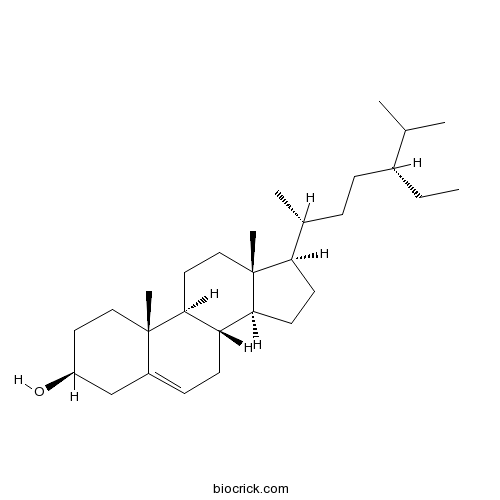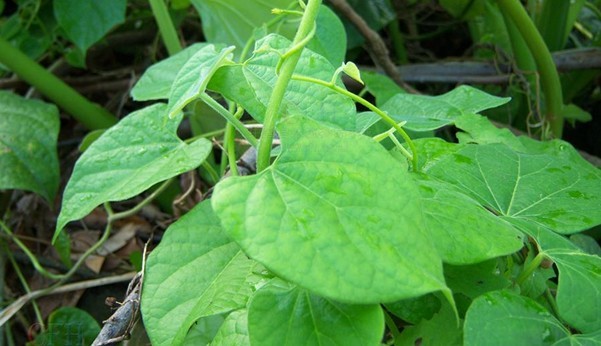Tinospora sinensis (Lour.) Merr.
Tinospora sinensis (Lour.) Merr.
Tinospora sinensis (Lour.) Merr., Deciduous vines, to 20 m or longer, puberulent when young, often producing very long aerial roots. Old branches fat and thick, bark brownish, membranous, and often glabrous. Stems slightly fleshy, green when young, striate, pubescent; lenticels raised, (2-)4(-6)-dehiscent. Petiole (4-)6-13 cm, puberulent; leaf blade broadly ovate to subrotund, rarely broadly ovate, 7-14 × 5-13 cm, papery, abaxially tomentulose or slightly tomentulose, adaxially puberulent, base deeply to slightly cordate, margin entire, apex acutely acuminate, palmately 5(-7)-veined at base. It is endemic to China, Cambodia, India, Nepal, Sri Lanka, Thailand, Vietnam. A new dinorclerone diterpenoid glycoside, named 1-deacetyltinosposide A (1), was isolated from the stem of Tinospora sinensis together with 10 known compounds. Their structures were elucidated on the basis of extensive spectroscopic techniques (MS, IR, 1D and 2D NMR experiments).
Products from Tinospora sinensis (Lour.) Merr.
- Cat.No. Product Name CAS Number COA
-
BCN2334
D-Tetrahydropalmatine 3520-14-7
PDF

-
BCN5285
Palmatine 3486-67-7
PDF

-
BCN4866
Pseudopalmatine 19716-66-6
PDF

-
BCN6310
Tetrahydropalmatine 2934-97-6
PDF
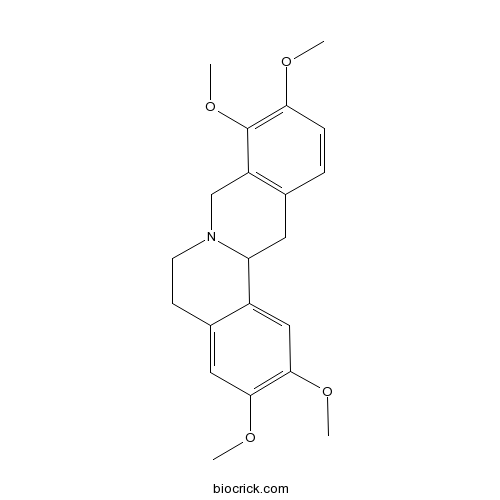
-
BCN5914
Palmatine hydrochloride 10605-02-4
PDF
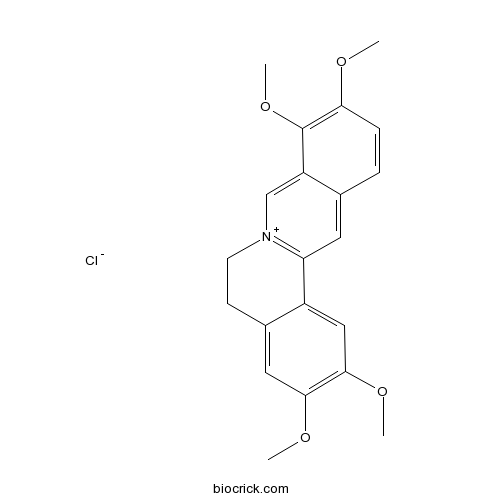
-
BCN4956
Jatrorrhizine Hydrochloride 6681-15-8
PDF

-
BCN4923
Magnoflorine 2141-09-5
PDF

-
BCN2405
Magnoflorine chloride 6681-18-1
PDF
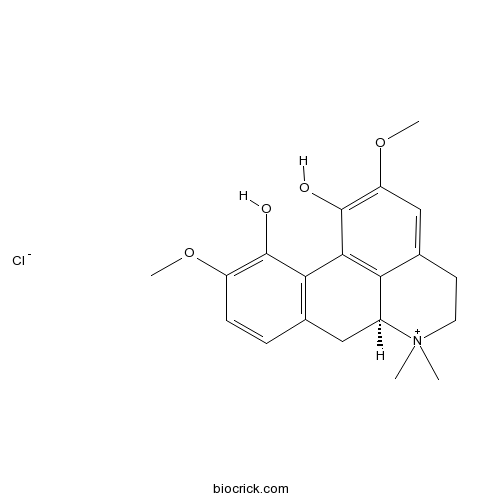
-
BCN1015
Beta-Sitosterol 83-46-5
PDF
